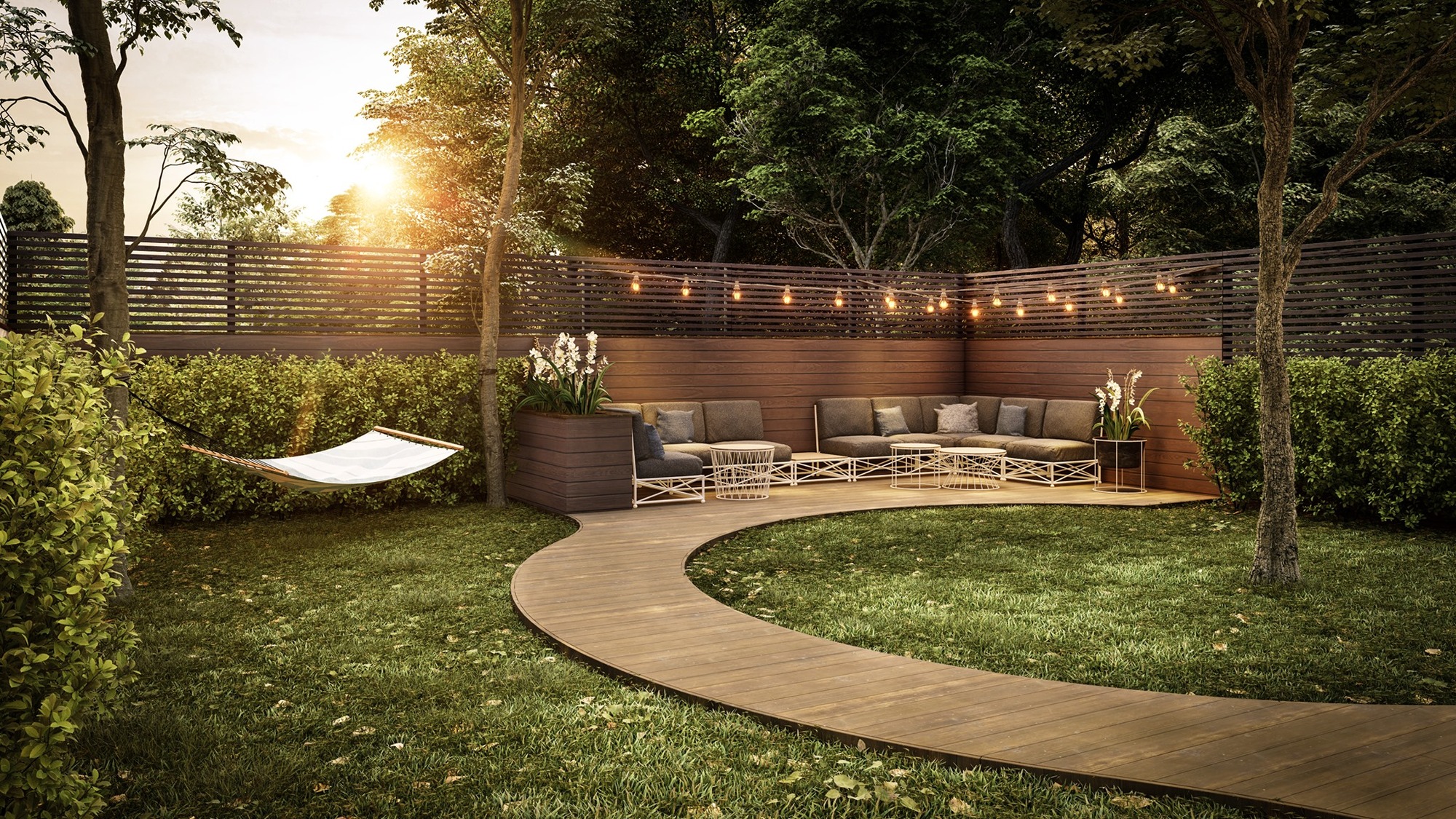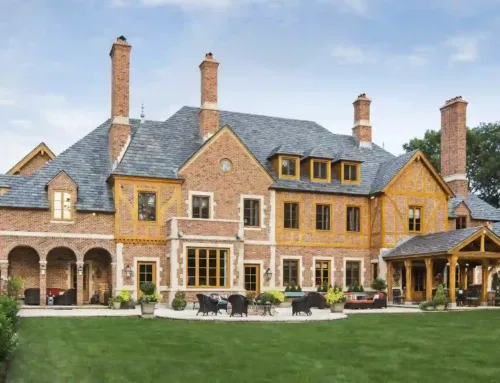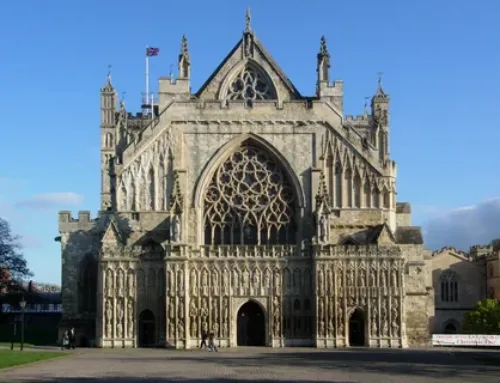What Is Landscape Rendering and Why Does It Matters for Modern Design
Landscape rendering is changing the way we design outdoor spaces. It is a detailed process that provides realistic 3D digital images of outdoor areas before they are built. Now, realtors and designers show clients what their future building will look like rather than imagining it. The visuals are completed with pathways, trees, and other details to make it realistic. However, this method is helping people for faster approvals and more conversions.
Not only that, designers also experiment with different layouts with the help of renderings. So, landscape design rendering has become a part of how good design gets done.
THIS BLOG EXPLAINS WHAT LANDSCAPE RENDERING IS AND WHY IT MATTERS FOR MODERN DESIGN, SO KEEP READING FOR MORE DETAILS!
Landscape rendering explained!
If you compare these modern methods with old hand-drawn sketches. They used to take weeks to finish, and still, clients find it difficult to imagine how everything will be done in the future. Let us show you the major types and techniques:
- 2D planning for early concept stages.
- 3D renderings with depth, realistic textures, plpantation, lighting, and shadows, often photo‑realistic.
- Animations/VR/AR walkthroughs that allow clients/designers to “move through” the space virtually.
- Real‑time rendering and simulation where changes can be viewed instantly (lighting, vegetation, materials).
How is it processed?
- First and foremost, Modeling is conducted to build the terrain mesh, trees, shrubs, rocks, and hardscape elements.
- The next step is to apply texturing. In this step, realistic surfaces like grass, stone, and water are used.
- Experts work on lighting to add a touch of sun, shadows, etc.
- After that, the rendering is processed to generate final images and animation. They also add different effects to give it a real look.
- The design is updated according to the feedback, vegetation, materials, and layout.
Why Landscape Rendering Matters in Modern Design
1. Improves understanding
Various clients feel it is difficult to understand old 2D plans. But when they look at modern rendering images and animation. They know exactly how their outdoor spaces will look. That is why realtors and designers hire experts for Landscape Plan Rendering Services and impress their clients with realistic views. For this reason, better decisions are made.
2. Better decision‑making
Designers and clients can experiment with various material choices, lighting, and other details virtually. This helps to identify any problem before the building process. The problems are fixed before the actual time, which helps you save cost and time. So, it is better to plan your strategies with the landscape rendering and get what you need.
3. Drives marketing
High‑quality Architectural Visualization Services assist companies in winning projects and impressing their clients. That is why rendering has become a part of the process to market the portfolios and attract more clients.
- Supports sustainability
Modern landscape design is not only about the looks. It is also about biodiversity. With the help of modern methods, teams can easily understand how the landscape will respond to actual conditions. That means they can see how the water moves through the site, etc.
5. Enables customization
Clients can get the designs according to their taste and mood from the experts. If you want to get multiple design layouts, you can ask the visualisers. Modern designs demand unique layouts and features. That is why landscape architecture rendering is used for better visualisation. Clients have an edge to customize everything from small details to the big ones. Professional visualizers use advanced software to create life-like visuals.
Why Should Designers and Clients Use Renderings?
For modern design in architecture and landscape, rendering is all you need. It helps to:
- It reduces the gap between concept and build.
- The clients and designer can easily remain on the same page.
- It reduces risk by preventing misunderstandings
- It enhances the look, and clients are more satisfied
- It supports sustainable & smart design thinking.
Challenges and Considerations
Of course, like any tool, landscape rendering has caveats:
- The quality of the render depends on textures, lighting, etc. A weak rendering can disappoint.
- High‑quality renderings, especially animation, VR walkthroughs, require a high investment.
- Clients or smaller firms may lack expertise for advanced workflows.
- Visualization shouldn’t replace strong design fundamentals
- Keep your expectations realistic because renders show intent, but real‑world conditions may differ.
Conclusion
However, the use of landscape rendering has become quite famous. From sketches and hand drawings to digitally rendered images, things have become quite easier. In modern landscaping for Home gardens or public parks, the outdoor environments are one of the major highlights. If you are planning to design it, you need to get professional rendering. This way, you can make the right decision and follow the process without mistakes.





